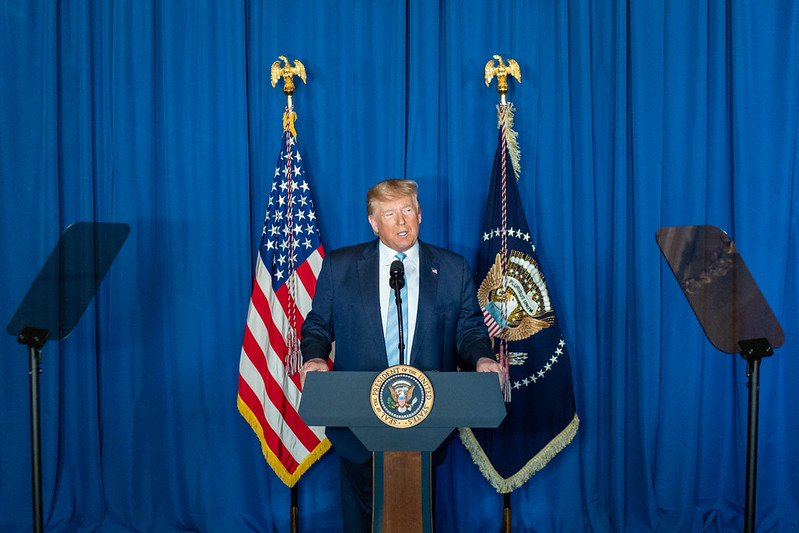
There’s a constant battle in Washington over what to do about school violence, but one solution some Democrats and Republicans have agreed on in the past is putting police in each school (even President Obama obliquely endorsed the idea in 2013).
The main benefit of having police stationed at schools is the obvious reduction in response time to any violence there. An officer at the school can immediately confront an aggressor and, if unable to eliminate the threat, focus on containing it while civilians evacuate and backup arrives.
Another benefit of a police presence at school is the intimidation factor that any aggressor will face, knowing armed resistance is on site. Rather than facing a “gun free zone” like many shooters have chosen as their targets, aggressors would immediately come face to face with a trained and armed opponent who is ready to fight.
Another practical reason for a police presence at schools is simple economics. In most towns and cities on any given day, the most densely populated area of town is the school. It also happens to be filled with the most vulnerable citizens the town has, those who are in most need of protecting. Simple economics suggests stationing a police officer near the greatest number of vulnerable people is the most efficient way to begin any plan for protecting a town or city.
The most common criticisms of police in schools are these:
- it costs money, especially in towns that don’t have their own police forces
- it increases the amount of times students are arrested because administrators come to rely on police as disciplinarians
These are valid criticisms, but none so great that it should derail a plan to protect America’s kids. Here’s a solution for each in turn:
- According to Forbes, America spends $100 billion on policing each year. Back in 2012 The Atlantic estimated the cost of putting police in the 2/3 of schools that didn’t already have them would be roughly $4 billion a year. I suggest America use money saved by pulling its troops out of the Middle East to subsidize towns and cities that can’t afford to police their own schools. The War on Terror cost America about $342 billion each year (on average) through 2016. Cutting only a fraction of war spending to protect American children seems like a reasonable trade off.
- Make clear that police are at schools to combat criminal behavior for which there are no in-school disciplinary measures in place. Do not bog down police with minor infractions when their job is to focus on major threats to the students, teachers, and faculty.
The most vital part of this plan is to begin implementing it now. Don’t wait until after yet another violent episode at a school with no protection.
Here’s a quick story from a friend of mine in Pine Plains, New York. In 2000, Pine Plains’ high school experimented with having a resource officer (a police officer stationed at the school during the day). After a few weeks the school pulled the plug on the program. In 2009, a disgruntled father of a recently suspended student stormed the school with a shotgun and took the Jr. High principal hostage.
The first policeman on the scene was a state trooper who bravely cornered the intruder and was able to keep him contained while the school evacuated. Later, negotiators were able to get everyone out without any injuries. Thankfully the trooper had been nearby and was able to react quickly. But imagine what may have happened if an officer had been right in front of the deranged man as he entered the building.
My friend, who is knowledgeable about both firearms and personal security, sent along some pictures of the nearly 100 police officers who responded to the hostage situation. The brave officers were forced to work from the outside in at the school, when funding had been available to have someone stationed right in the school the whole time.
President Trump should encourage all school systems to put police officers in their buildings. The only thing that scares a bad guy with a gun is a good guy with a gun.
